Troubleshooting Washing Machine Issues
To effectively troubleshoot washing machine issues, it’s essential to identify and address problems specific to the type of washer you have. Front-load and top-load washers may encounter distinct issues that require unique solutions.
Front-Load Washer Problems
Front-load washers are prone to certain common issues that can affect their performance. Musty odors caused by mold and mildew formation due to the tightly sealed environment around the door are common culprits. To resolve this, thorough cleaning steps are necessary (Sears Home Services).
Errors displayed on the control panel of front-load washers can provide valuable insights into underlying problems. While some issues can be resolved by users, others may warrant the expertise of a service technician for repair.
Overloading the washer with excessive laundry can lead to the drum becoming unbalanced, resulting in improper spinning. To address this, consider reducing the load size or distributing the clothes evenly before starting a cycle.
Another common issue that can hinder spinning in front-load washers is a faulty lid switch. Replacing the lid switch, either through DIY efforts or with professional help, can restore proper functionality to your washing machine.
Top-Load Washer Problems
Troubleshooting top-loading washing machine problems involves distinct considerations from front-load washers. Issues such as noise, shaking, failure to start, lack of spinning, or drainage problems may require specific diagnostic approaches and solutions tailored to top-load washers.
In cases where a top-load washer fails to drain properly, a common culprit could be a blocked drain pipe. Accumulated soap residue, lint, debris from pockets, or other foreign objects can obstruct the drainage system. To rectify this issue, inspect and clear the filter, hoses, and manually address any blockages in the laundry drain pipe.
By understanding the specific challenges associated with front-load and top-load washers, you can effectively troubleshoot and address washing machine problems to ensure optimal performance and longevity of your appliance. For more guidance on resolving common front-load and top-load washer issues, explore our guide on DIY washing machine repair.
DIY Repair Solutions
When your washing machine encounters issues like not spinning or leaking, you may consider addressing these common problems on your own before reaching out to a professional repair service. By identifying the underlying causes and applying the appropriate DIY fixes, you can potentially save time and money. Let’s explore some common issues and corresponding DIY solutions for your washing machine.
Common Issues and DIY Fixes
Broken Motor Coupling
- Issue: A broken motor coupling can lead to your washing machine not spinning.
- Fix: To resolve this issue, consider replacing the motor coupling yourself by following manufacturer instructions or seek advice from a professional (TCL).
Damaged Drive Belt
- Issue: A damaged drive belt could be the reason your washing machine is not spinning.
- Fix: Replace the drive belt with a new one to restore proper functionality to your washing machine.
Displaced or Broken Drive Belt
- Issue: Even after conducting a switch test, a washing machine may not spin due to a displaced or broken drive belt.
- Fix: This issue might require professional assistance to either put a slipped belt back in place or replace a worn-out one.
Leaking Bottom
- Issue: A washing machine leaking from the bottom may indicate problems with the water pump, a cracked or loose drain pipe, or a faulty washer tub seal.
- Fix: Contact a professional technician for repairs or schedule a service appointment through the manufacturer if you own a Whirlpool washing machine (Whirlpool).
Unbalanced Drum
- Issue: Overloading the washer with excessive laundry can cause the drum to become unbalanced, resulting in improper spinning.
- Fix: To address this issue, try removing some clothes from the load or distribute them evenly before starting a cycle to ensure proper spinning (TCL).
By understanding these common washing machine issues and their DIY repair solutions, you can take proactive steps to troubleshoot and potentially resolve the problems without the need for professional assistance. However, always prioritize safety and consult experts or your appliance’s manual if you encounter complex issues beyond your comfort level in repair.

